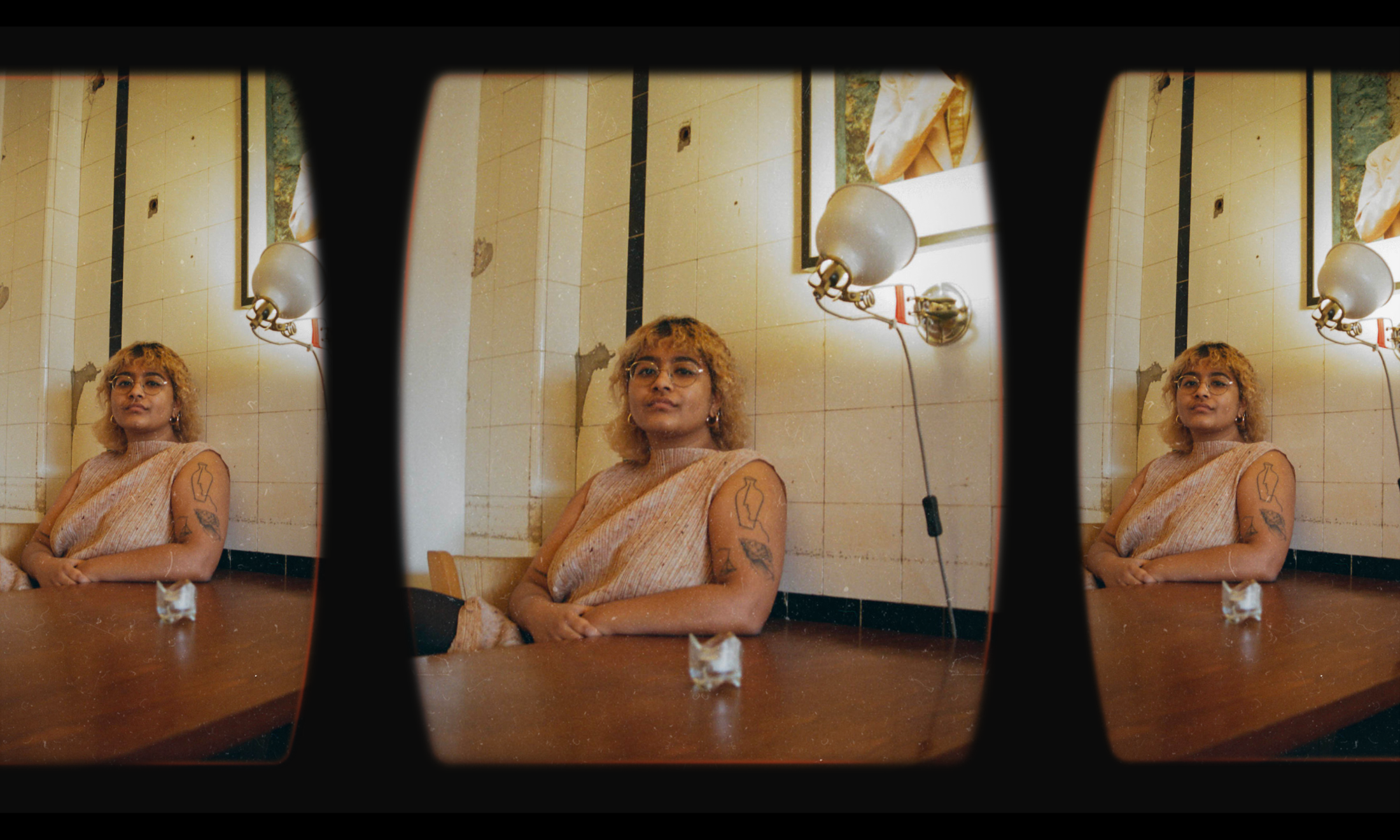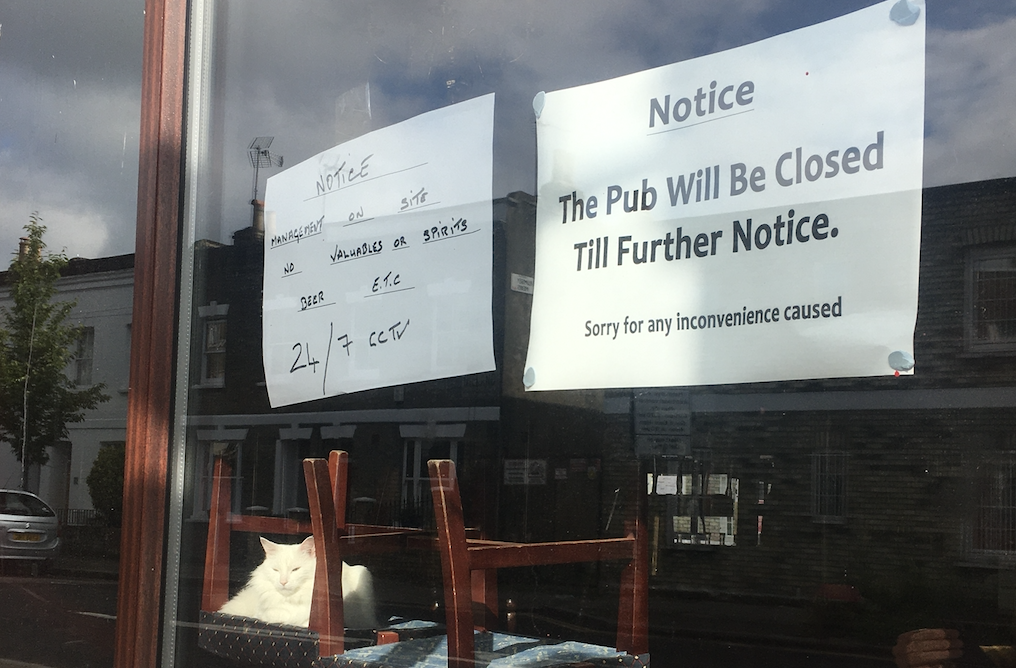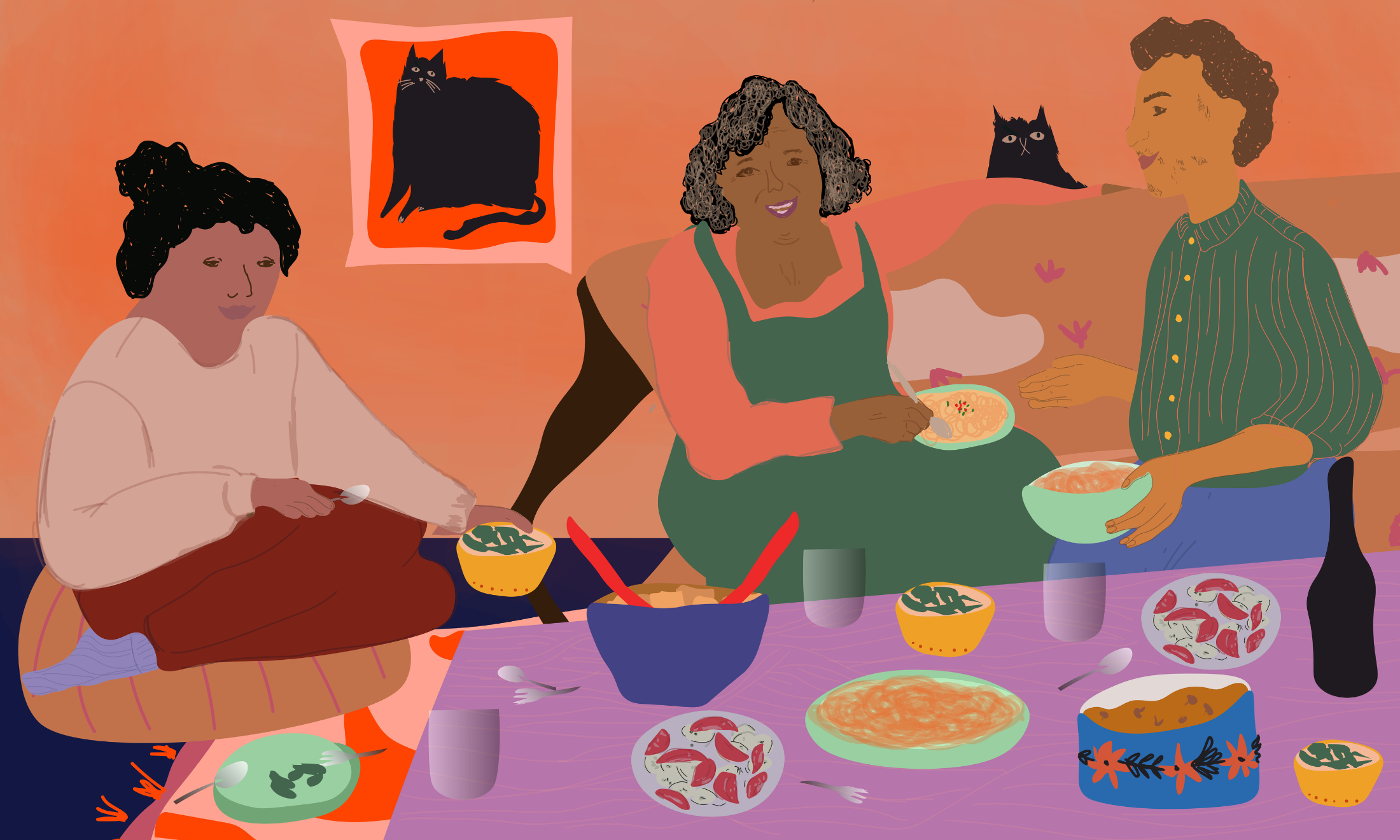
Seung Sing Sou / Canva
Shelter in Place: the politics of public spaces during the Covid-19 pandemic
From her chapter in the collaborative new book Haramacy, Sanjana Varghese examines the control of public spaces during pandemic lockdowns.
Sanjana Varghese
26 May 2022
The concept of public space has completely changed and collapsed in on itself. You use the same screen and software to call people for work (albeit not the case for essential workers), and to call your friends. Elements of your life brush up against each other in now predictable ways. It places your friends and co-workers and other people who you’ve never met – like an artist doing a webinar, or a DJ on Instagram Live – all in the same frame of reference, and flattens them. The unreal feels as close as the everyday, and the idea of a ‘public’ exists almost completely on the internet.
Often, public space has been a contested site. Networks of surveillance, a CCTV camera on every corner and private security guards have proliferated in massive cities around the world, increasingly sold as a trade-off for living in a metropolis. But the exemption of the private sphere from capital P politics is, in itself, political.
“For marginalised communities, taking up space is seen as a progression rather than a negation”
Feminist and disability scholars would argue that relationships and dynamics outside of the home are often replicated at home too (and vice versa). For marginalised communities, taking up space is seen as a progression rather than a negation. So, a worldwide crisis which requires staying at home, away from the public eye, to protect other people, goes against our most basic instincts. What we are living through – where public space is now a site of danger, and everything else has shifted online – does feel intensely unfamiliar for some. What has been immediately telling is the language of staying at home, a case study in psychogeography writ large.
In the United States, governors issued ‘shelter-in-place’ orders, reminiscent of a catastrophic event – wherever you are, hunker down and make it your home. The use of the word ‘shelter’ implies a temporary state of affairs, like everything will be over in a few weeks.
In the United Kingdom, the Conservatives went for a three-pronged approach: ‘stay home, save lives, protect the NHS’. Home, in this view, is a fixed location – a place where you can hunker down and isolate from the rest of the world, somewhere safe and stable. Homeless people were temporarily housed in hotels, only to find that they would be forced to leave once it was no longer strictly necessary for them to be taken care of. Little was done for people for whom home is neither a fixed location nor a place of safety.
During the first month of lockdown, when we were still navigating the boundaries of what was acceptable and what wasn’t, every weekend felt like Groundhog Day. The days had mixed together, like wading through sand away from the tide.
I watched as official police Twitter accounts posted photos of people in parks – for the most part, social distancing responsibly – and admonished people for being out of their houses. Columnists and people with backyards would then pile on, asking whether it really was so hard to avoid going to the park. Then came a cycle of outrage – how can people be expected to avoid parks if housing is so poorly ventilated, so cramped? – and then the police would threaten to shut down parks, and the cycle would repeat. But the logic of private space – a radius of two metres around us, one that no one can transgress – is one that we now have to carry with us.
“Walking too close to someone can become almost immoral, regardless of whether the streets are too narrow to socially distance”
If someone walks close to you, it becomes almost immoral, regardless of whether the streets are too narrow to socially distance. As the days wear on, I notice marks on the ground outside stores and shops. Some of them are chalk, and others are marking tape, and eventually they become all I can see anywhere.
When I walk by somewhere with an open door, I find my eyes drawn downward, trying to figure out how obtrusive I find these markers of physical distance, a reminder to stay away from each other. It’s gotten to the point where I cast my eyes downward near my own door, looking for that telltale white line. Benjamin Bratton of the Strelka Institute wrote that this state of affairs created ‘paranoid new relations’ between the outside and the inside, a fear of what lies out there – a feeling that I hate to admit has settled into me.
The Tory government has continuously individualised responsibility for the pandemic. If you aren’t classified as an essential worker, but your boss is still making you come into work, the responsibility is yours alone. If your livelihood depended on you leaving the house, the responsibility was yours alone – even if your boss was making you come in. If you were laid off, but hadn’t managed to save up, that was because you, an individual, had failed to adequately prepare for a global pandemic. The five-week wait for Universal Credit wasn’t shortened, either. If people were out of their homes – if they were sunbathing, or they were buying ‘non-essential’ items, or they weren’t socially distancing – they were abdicating a civic duty. It was a dereliction of some kind of patriotism.
“Not leaving the house unless you had to morphed into a matter of patriotism”
Not leaving the house unless you had to morphed into a matter of patriotism. If you could work from home, have food brought to you and run around in your backyard, you were one of the people who was doing the most for your country.
The message was clear – the world should have shrunk for most people. It should be composed of the four walls you live in, with a green space or a supermarket thrown in for good measure. For many people, this isn’t the case. Essential workers, such as nurses, cleaners, supermarket employees, doctors, waste collectors, and others, are now visibly keeping society running, shouldering the burden of the pandemic, on the front lines against a disease which had been mismanaged at every step. Since the beginning of the pandemic, the UK has had the dubious honour of having the highest death toll in the world, eventually being overtaken by the US.
It has been impossible to ignore the racialised element to this pandemic. The official Public Health England review states that Black and Asian ethnic groups are disproportionately at risk from Covid-19 compared to their white counterparts, and the precarious workforce currently keeping societies running is disproportionately made up of ethnic minorities.
When it comes to secure housing, stable employment, access to green space and all the other factors which would make isolation easier to bear, ethnic minorities are once more disadvantaged at every turn. They make up over half of the overcrowded households in Britain, have up to eleven times less green space to access8 and are twice as likely to be unemployed. Ethnic minorities are much less likely to be living in a stable housing situation, let alone to own their own house.

As life moves online, those groups of people who are left behind in the flesh-and-blood world are left behind online too. When the Labour Party proposed an ‘internet for all’ policy in 2019, it was denounced as broadband communism. But it should be obvious that the answer to the question of who has access to the internet is the determinant of who can access the rest of society itself. Physical locations themselves are not immune to this move online.
I’ve begun to think about some of the places I went to often, such as Ridley Road Market in Dalston, east London, which has existed for over sixty years – it’s always busy, full of stalls and sellers, people moving in and out with bags full of shopping. Even after new residential buildings sprang up overnight, the market has held its place. It smells of fish even on the weekends, long after the market packs up, and it’s a crucial part of the neighbourhood, which has always been home to many immigrant and migrant communities.
Over 10 percent of the neighbourhood is Black or Black Caribbean, and Hackney even has its own Carnival, ten days after Notting Hill’s Carnival events. And yet during this pandemic, a group of housing developers held a Zoom meeting to discuss going ahead with plans to demolish it and regenerate the area, to make it into something sterile. No one from the local community was asked to dial in.
This extract is taken from the author’s chapter ‘Shelter in Place’ in the new book Haramacy. Edited by Zahed Sultan, Dhruva Balram and Tara Joshi, Haramacy is a collection of essays that tackles taboo subjects whilst amplifying under-represented voices.
Haramacy was released on 26 May 2022 and is available for purchase here.

Britain’s policing was built on racism. Abolition is unavoidable

How Pakistan’s Khwaja Sira and transgender communities are fearing and fighting for their futures

Their anti-rape performance went viral globally. Now what?






